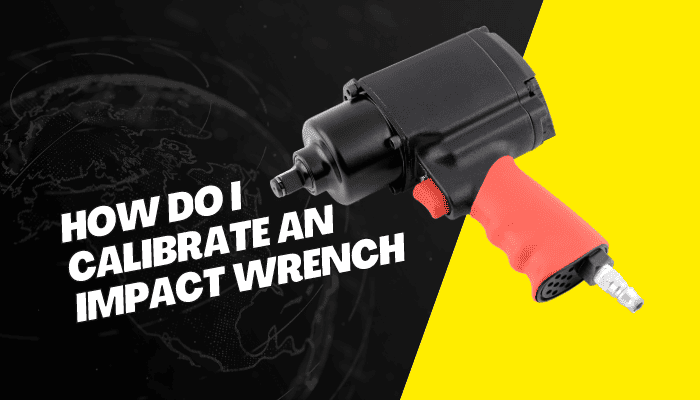How Do I Calibrate A Torque Wrench?
Ans: Calibrating a torque wrench is important in ensuring that the tool operates correctly and accurately. Properly calibrated wrenches can help reduce the risk of improperly tightened fasteners, which could cause serious injury or damage to property. To ensure accurate results, knowing how to properly calibrate your torque wrench is important.
First, you will need to assemble all necessary items for calibration: a certified grade 5 or higher bolt/nut set; a micrometer; an appropriate dial indicator gauge (typically 0-100 in/lb); and a weight scale capable of measuring up to 2kgs with precision down to .01 kg increments. You should also have access to safety equipment such as eye protection, work gloves, and hearing protection if needed.
Read Also: How To Calibrate A Torque Wrench In 8 Easy Steps
Once you have gathered all materials required for calibration, you are ready for step one: setting the zero point on your torque wrench. This is done by loosening the lock nut at the base of your handle until you achieve free movement – zero tension on the wheel – then tightening it again so that motion is smooth yet unable to move freely anymore. Once this is complete, make sure that no force is being applied before proceeding further with the calibration steps.
Next, verify that your dial indicator gauge matches your torque wrench’s specs (this will be written in lb-ft or Nm). If they match, then proceed onto step two: take readings from both sides using a micrometer while turning your wheel clockwise until it stops at its maximum value – which should line up with pre-marked values on the scale -and write down those numbers separately as “L” readings(in lbs) and “R” readings (in lbs).
Read Also: How To Read A Torque Wrench In 2 Easy Methods
Finally, begin slowly applying pressure using weight scales until desired test tension has been achieved according to me markings found previously when taking measurements off both sides, making sure not to exceed their rated levels after each run – note any discrepancies between actual measurements against theoretical readouts calculated beforehand based off formula given in a manual accompanying tool. Compare these values one last time before concluding whether additional adjustments need to be made; if so, loosen the lock nut once more and repeat the process again; otherwise, consider the entire operation successful!







